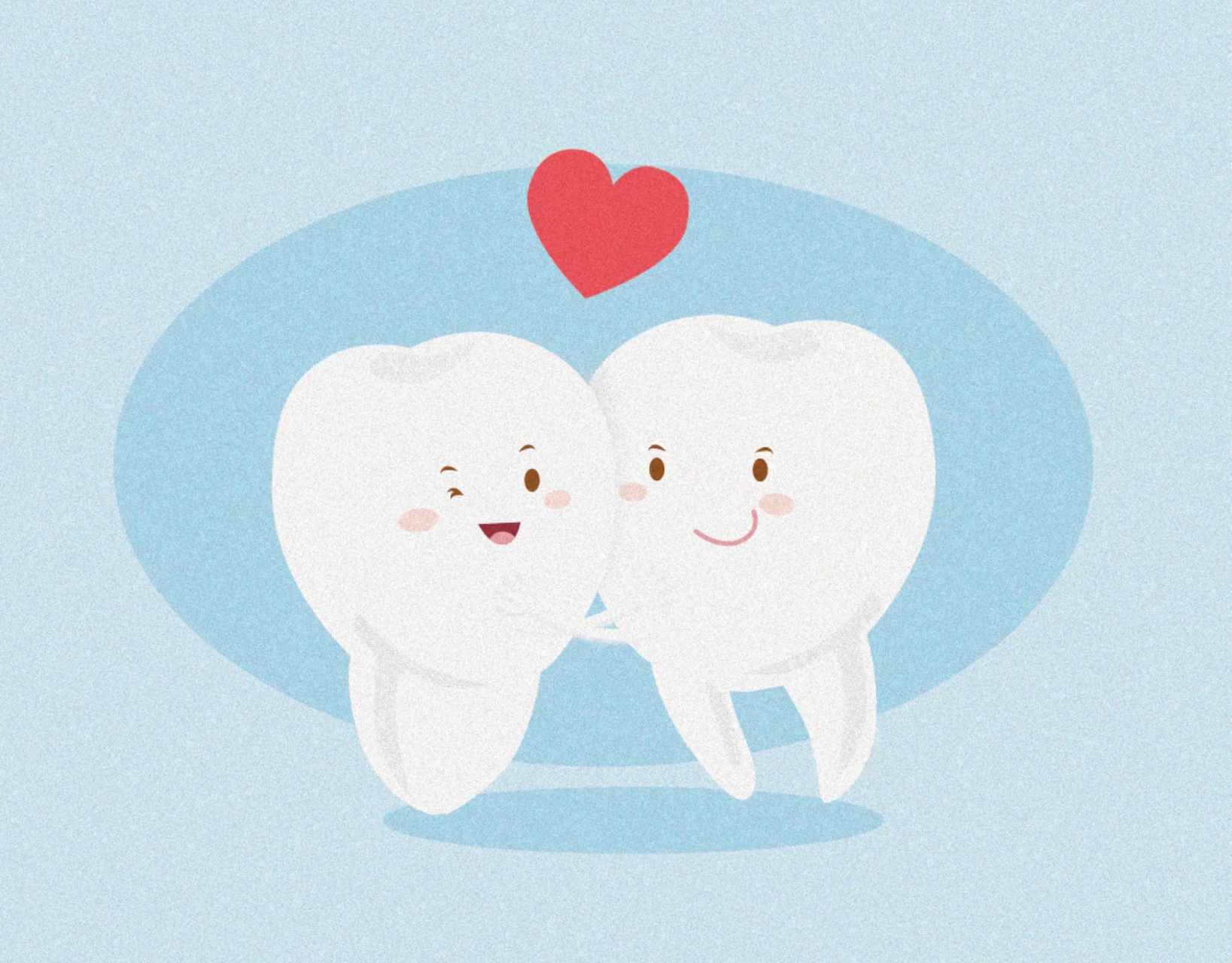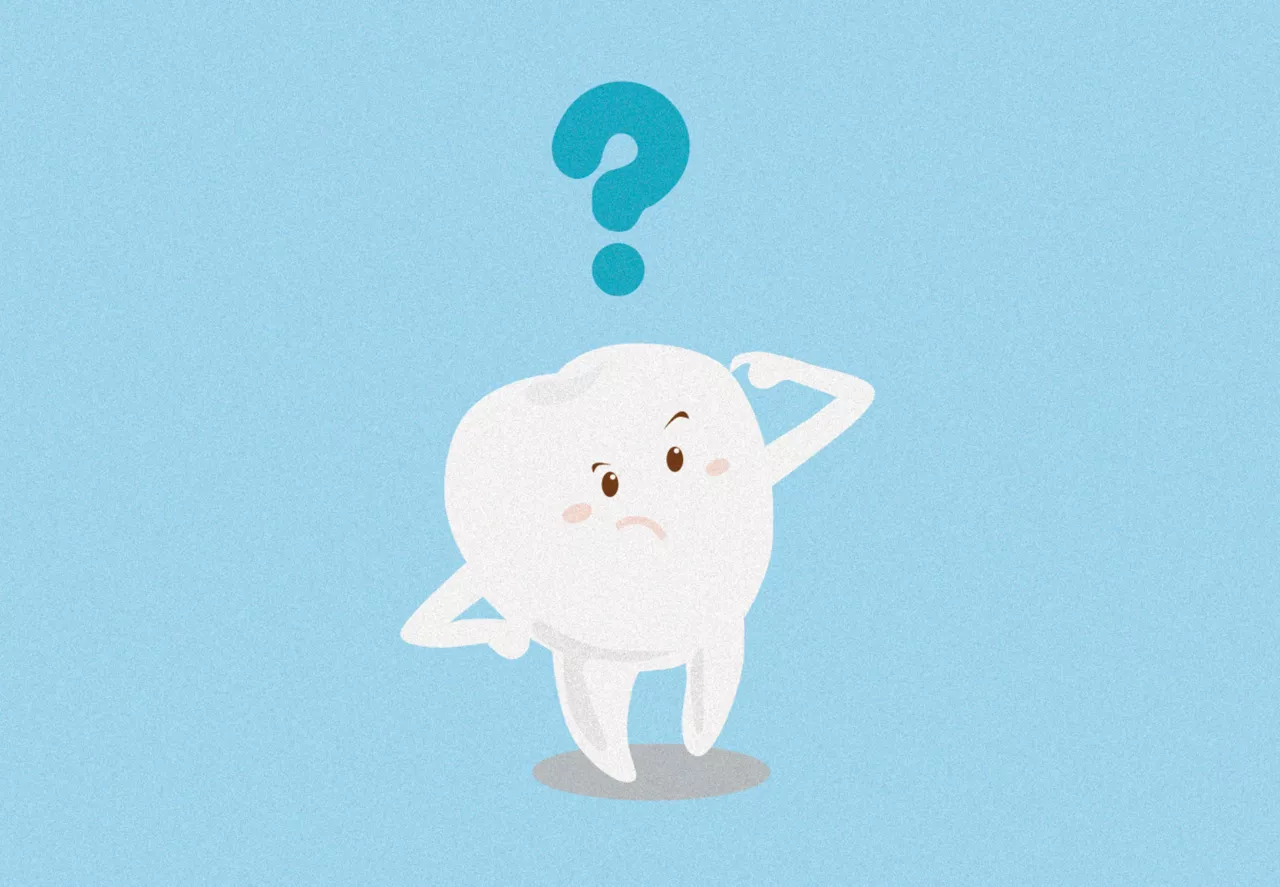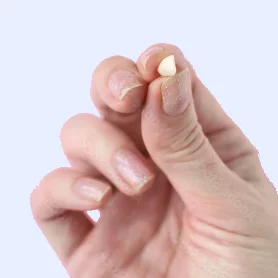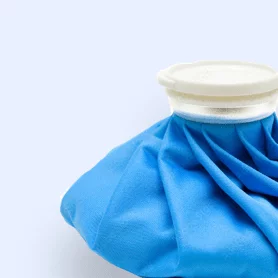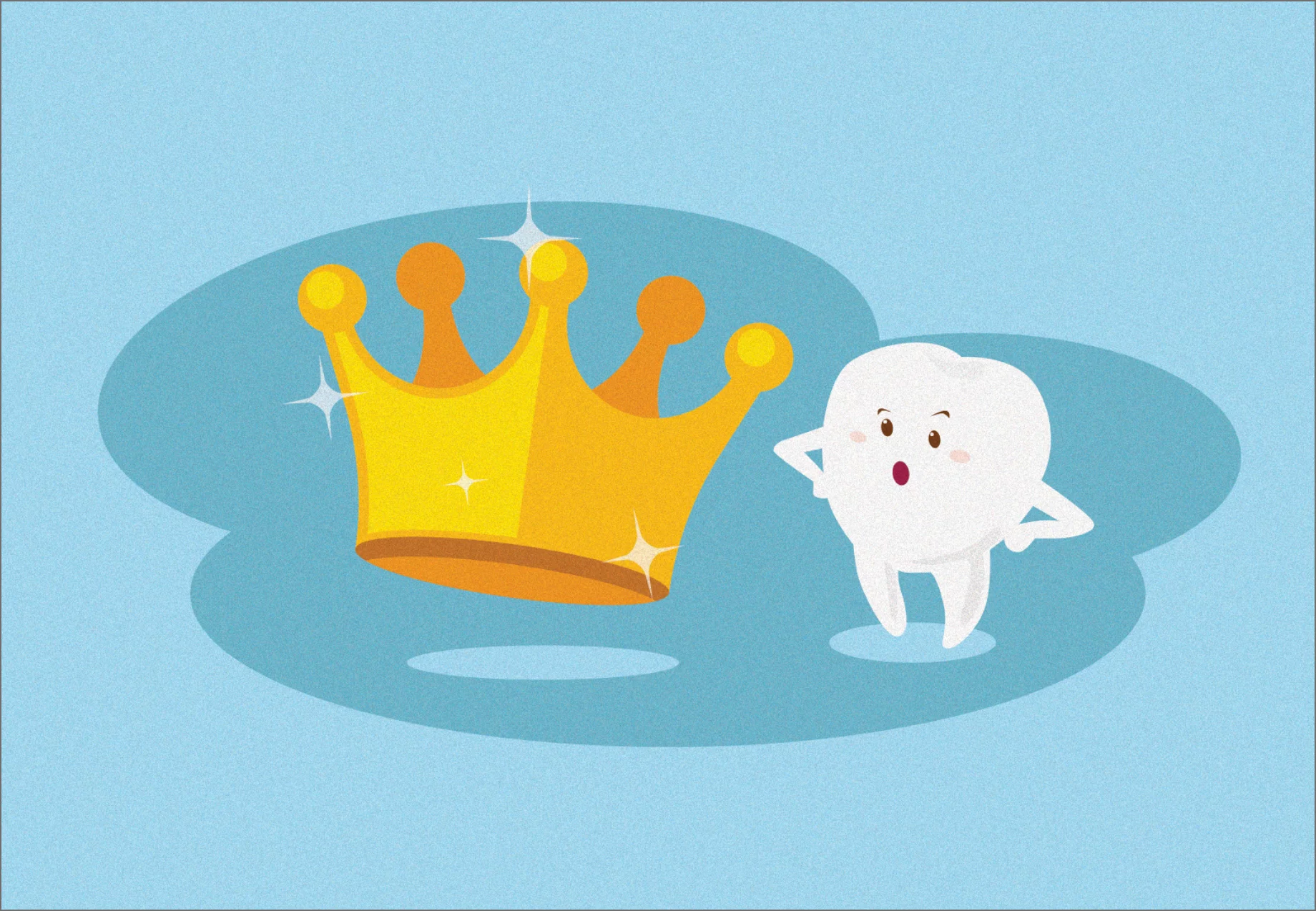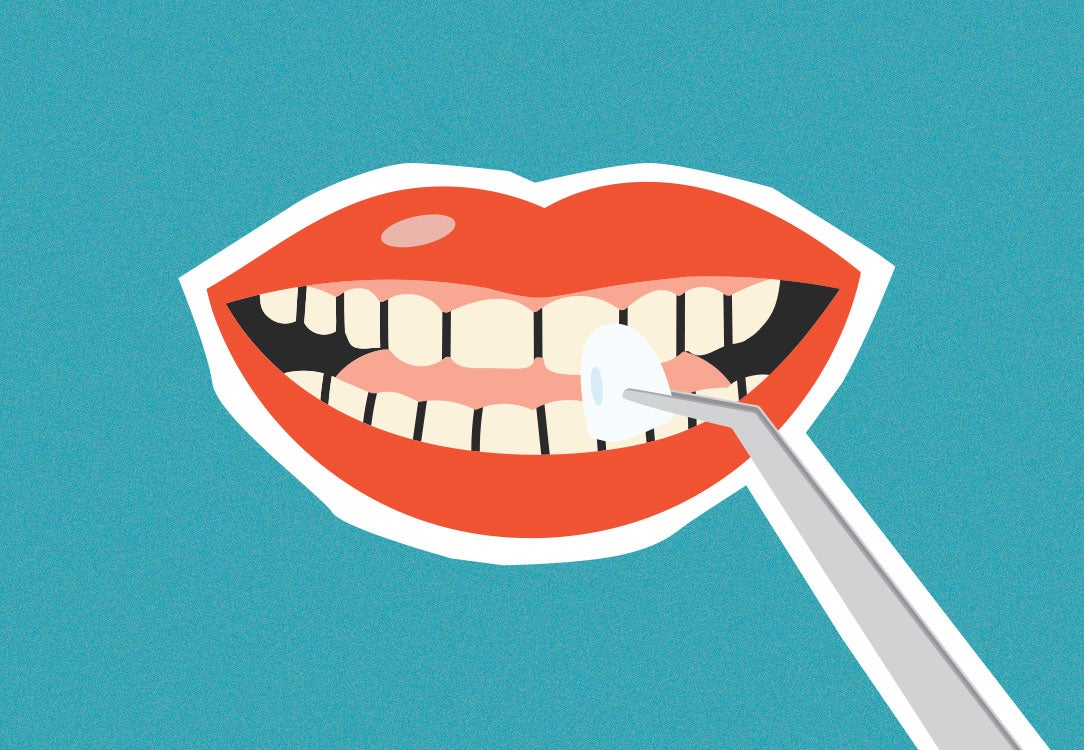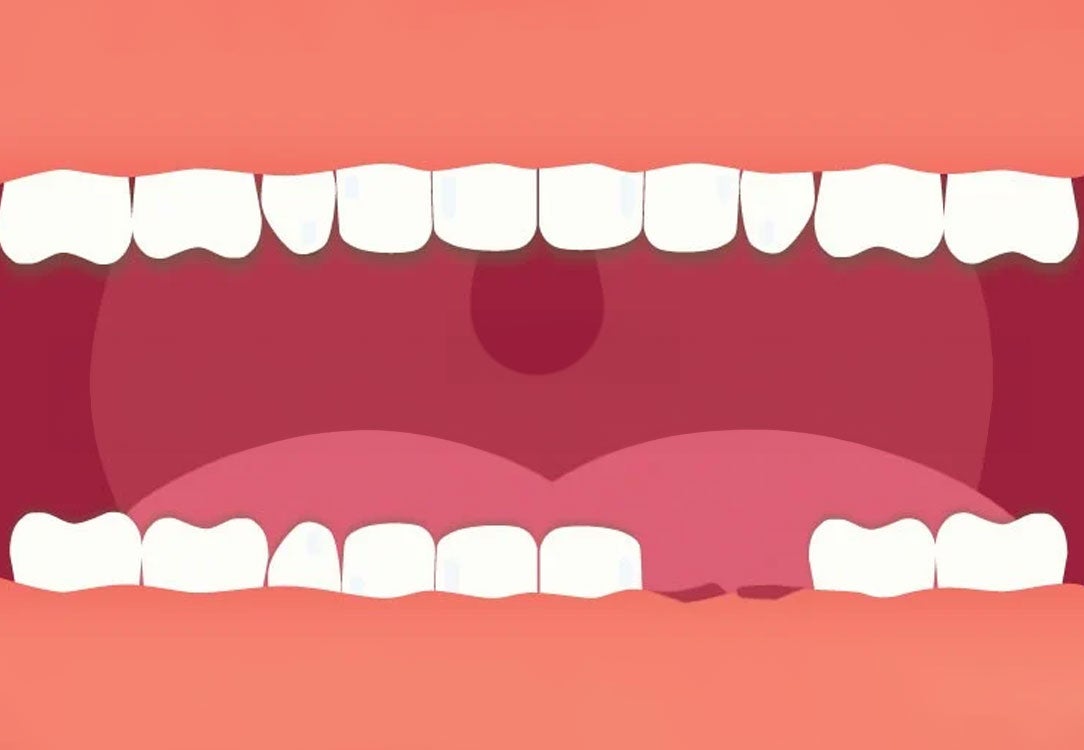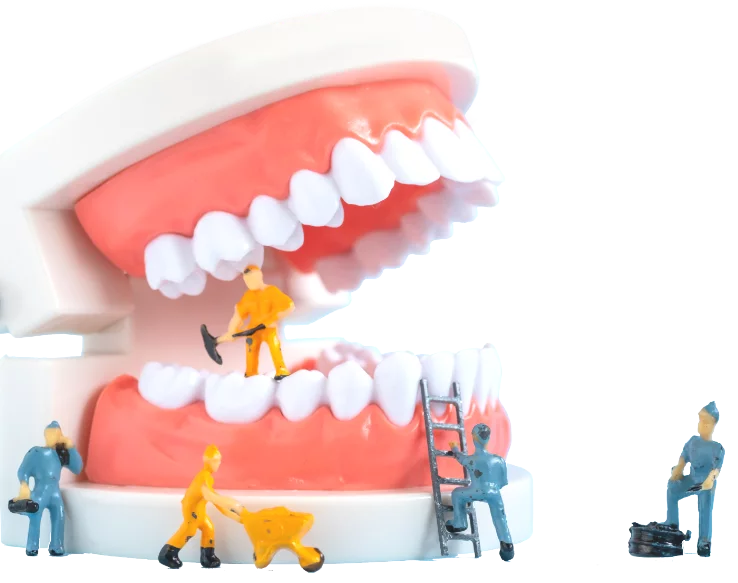How can we help?
The Benefits of Teeth Bonding
Your journey to a healthier, happier smile starts here. Schedule your consultation today.

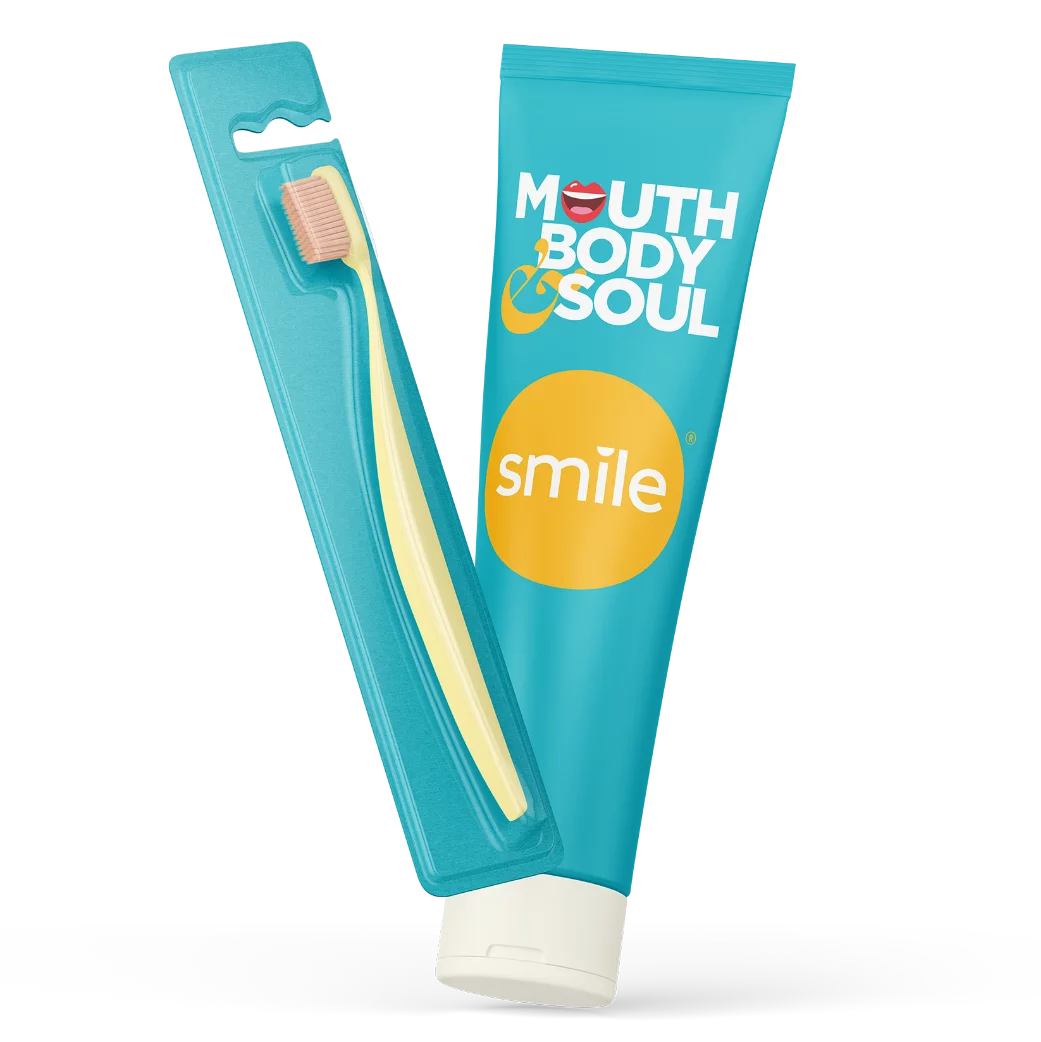
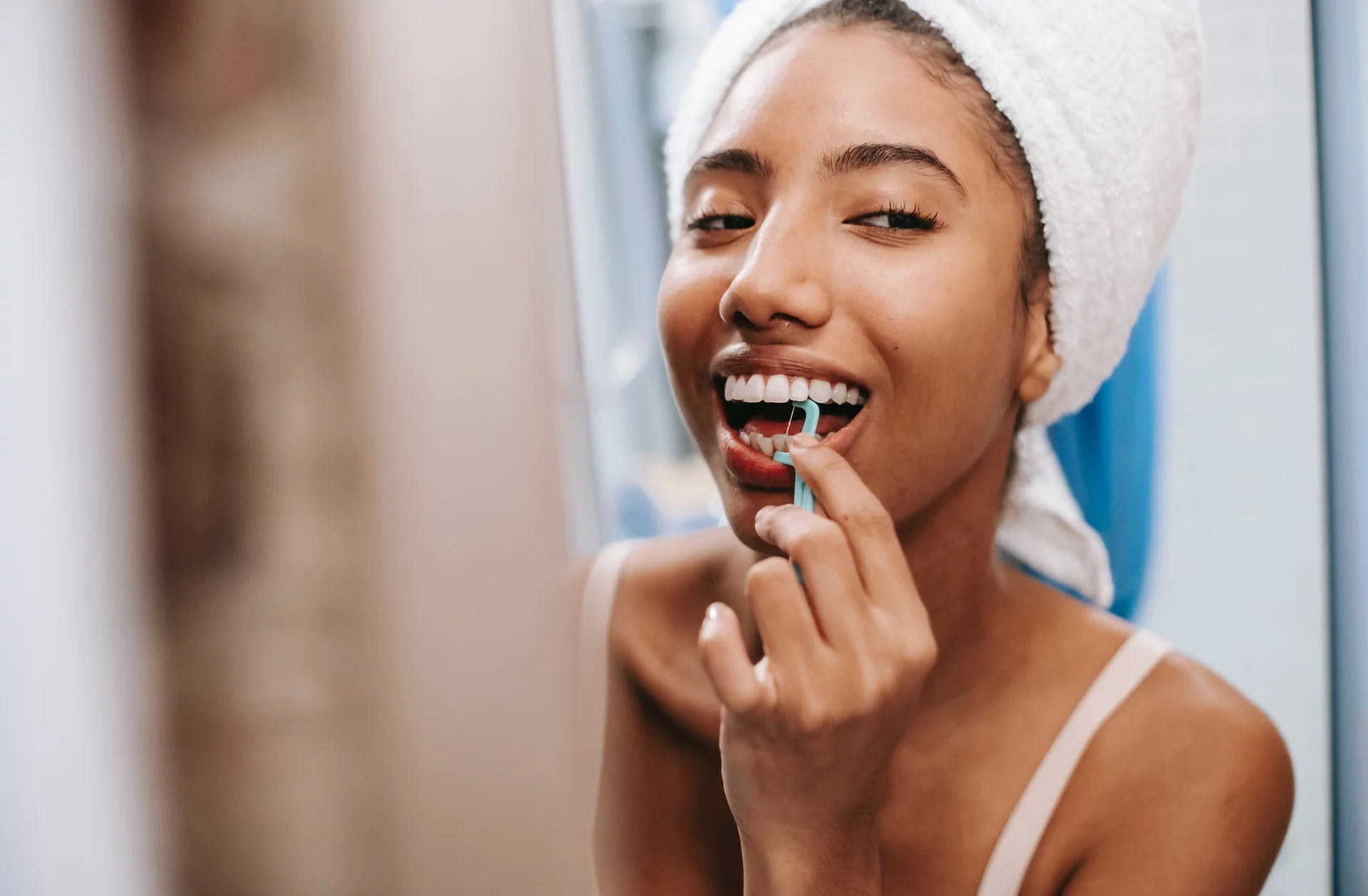
Book an Appointment Today
Your journey to a healthier, happier smile starts here. Schedule your consultation today.
Got questions?
We’ve got answers to all of your teeth bonding questions. Browse our FAQs here or give us a call at 1-800-SMILEGEN.
There are plenty of good alternatives to veneers. With so many options available, you're sure to find the best one for you, whether that's crowns, veneers, bonding, Lumineers, or any number of different combinations. Examine your own teeth: are any of them fractured, chipped, or cracked? Or do you want a merely cosmetic effect that will give you a lovely smile?
Knowing the fundamental cause of the problem and your personal "why" will aid you in determining the best remedy.
Whether microdontia negatively impacts your self-esteem or oral health, there are options to fix your small teeth.
Corrective methods, such as cosmetic dentistry to make your teeth larger can help build self-confidence and prevent further teeth and jaw damage. Based on your specific situation, you may have various options available to you.
Options for fixing small teeth may include composite bonding, dental veneers, porcelain crowns, and gum reshaping.
There are two types of microdontia, true generalized microdontia and localized microdontia. True generalized microdontia is when you have a complete set of atypically small teeth, and it is rare. However, localized microdontia is when one tooth is smaller than the rest of the teeth, which is much more common.
While microdontia may seem insignificant outside of aesthetics, it can cause more serious issues. For instance, it can lead to unnecessary wear and tear because microdontia can create an improper bite, creating weakness of the tooth structure and even tooth decay.
Related Posts
Sources
Dental bonding picture image on medicinenet.com (2010) MedicineNet. Available at: https://www.medicinenet.com/image-collection/dental_bonding_picture/picture.htm (Accessed: 30 October 2023).
Higuera, V. (2019) Teeth bonding: What to expect if you have your teeth bonded, Healthline. Available at: https://www.healthline.com/health/dental-and-oral-health/teeth-bonding#takeaway (Accessed: 30 October 2023).
Learn more about dental bonding for your teeth (no date) WebMD. Available at: https://www.webmd.com/oral-health/guide/dental-bonding (Accessed: 30 October 2023).
What is dental bonding and how much does it cost? (no date) 3Dental. Available at: https://www.3dental.ie/blog/what-is-dental-bonding-and-how-much-does-it-cost-/ (Accessed: 30 October 2023).
Belmont, B.O. (2019a) Teeth bonding 101: Everything you need to know about the procedure, Brushin’ on Belmont. Available at: https://brushinonbelmont.com/teeth-bonding-101-everything-you-need-to-know-about-the-procedure/ (Accessed: 30 October 2023).


